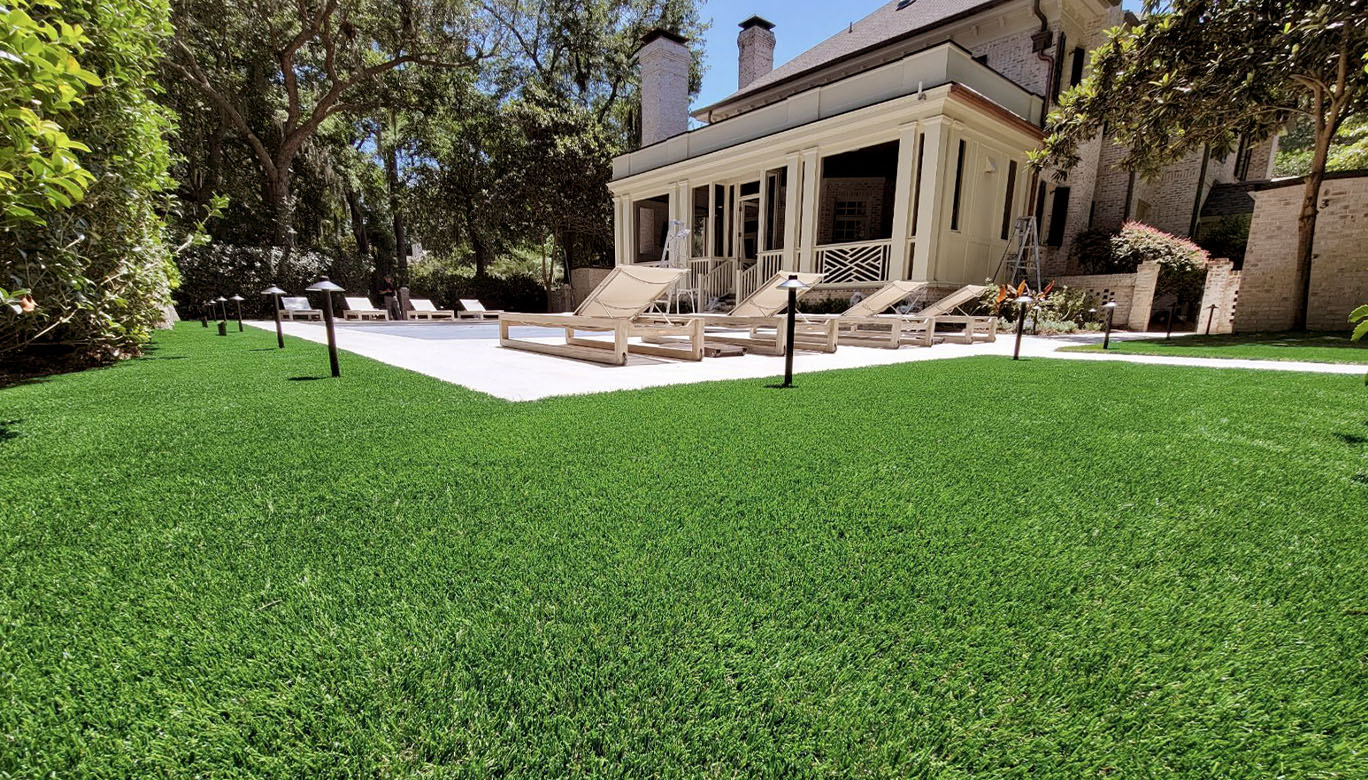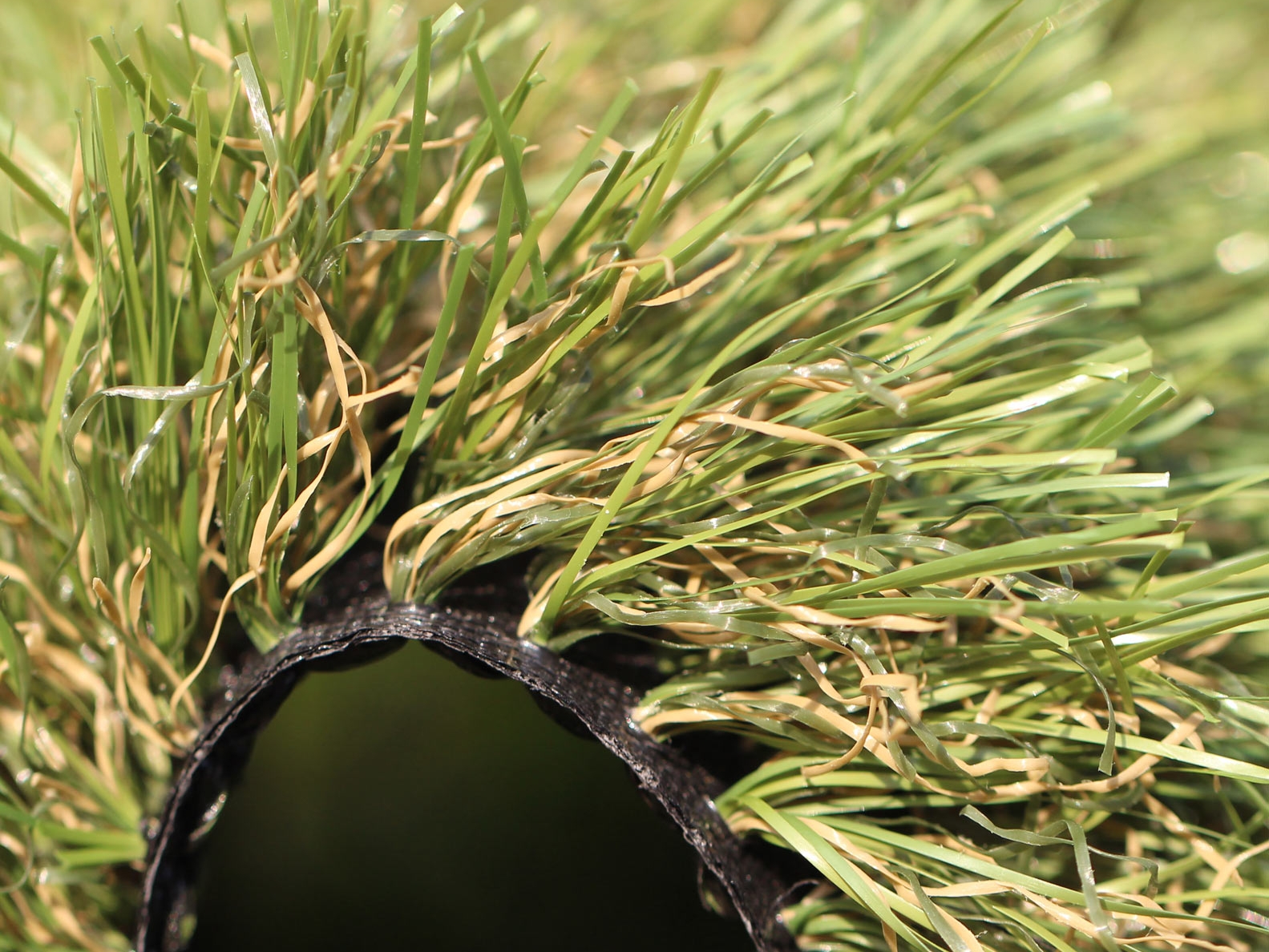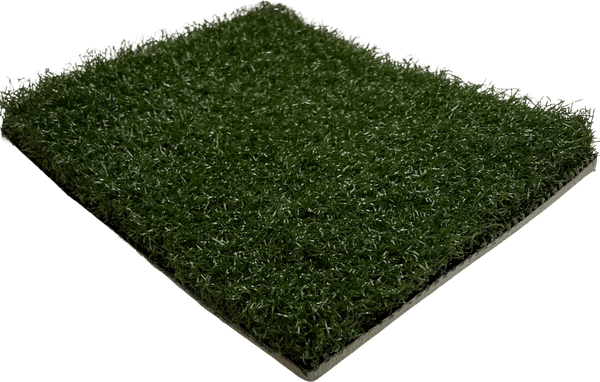Premier Phoenix Turf Companies Offering High-End Synthetic Lawn Products
Premier Phoenix Turf Companies Offering High-End Synthetic Lawn Products
Blog Article
Look Into the Environmental Benefits of Opting for Synthetic Grass Solutions
The adoption of artificial lawn options provides an engaging possibility to address pushing environmental challenges. By considerably decreasing water usage and reducing the application of harmful chemicals, these choices not just advertise sustainable landscaping however likewise secure neighborhood communities. Moreover, the lower carbon impact connected with decreased maintenance activities adds to a much more sustainable method to land administration. Nonetheless, the implications of these advantages prolong past mere conservation initiatives, questioning concerning their long-term influence on habitat conservation and general eco-friendly balance. Checking out these measurements discloses a complex interplay worth taking into consideration.
Water Preservation Perks
One of one of the most significant benefits of synthetic grass is its ability to save water. Typical lawn lawns need significant watering, especially in locations susceptible to drought or water limitations. On the other hand, synthetic grass does not require watering, substantially minimizing the overall demand for water sources. This feature is especially helpful in deserts where water scarcity is a pressing issue.
By removing the need for regular watering, man-made turf contributes to sustainable landscape practices and assists reduce the environmental influence of extreme water consumption. The preservation of water extends to the reduction of drainage, which can lead to dirt erosion and river pollution.
In addition, the installation of synthetic grass permits communities and property owners to allot water sources extra successfully, concentrating on vital uses such as alcohol consumption water and agriculture. The shift towards synthetic grass not only advertises responsible water usage yet likewise lines up with wider environmental goals focused on preserving natural deposits.
As neighborhoods increasingly prioritize sustainability, the water conservation advantages of synthetic grass provide a compelling instance for its fostering in property and industrial landscaping tasks.
Minimized Chemical Use
The change to synthetic grass considerably decreases the dependence on chemical treatments commonly used in natural grass maintenance. Typical turf monitoring normally entails the application of plant foods, chemicals, and herbicides to promote development and control bugs. These chemicals can pose threats to human health and wellness, neighborhood wildlife, and the environment, contributing to dirt and water contamination.
On the other hand, fabricated lawn gets rid of the demand for these damaging materials. As soon as installed, it requires very little upkeep, mainly containing routine cleansing and infrequent infill replenishment. This reduction in chemical use not only profits the prompt setting however additionally adds to broader eco-friendly stability. By decreasing the launch of synthetic substances into the community, man-made lawn promotes much healthier soil and water systems.
Furthermore, the absence of chemical overflow related to artificial lawn setups aids safeguard local rivers from air pollution, sustaining water life and keeping biodiversity. Turf installation phoenix az. As areas significantly prioritize lasting techniques, going with synthetic grass offers a feasible option that aligns with ecological preservation goals. With this shift, homeowner can delight in rich eco-friendly rooms without jeopardizing environmental health, leading the way for a more sustainable future
Reduced Carbon Impact

In addition, the setup of synthetic grass can cause substantial water conservation. Natural yards need considerable quantities of water for irrigation, which not just contributes to the carbon footprint connected with water extraction and treatment but also stress regional water sources. On the other hand, synthetic grass requires marginal maintenance, calling for no watering, thereby considerably minimizing water usage and its connected energy costs.
Furthermore, the longevity of synthetic grass adds to its decreased carbon influence. With a lifespan of approximately 15 years or even more, the need for constant substitutes is decreased, causing much less waste and reduced energy consumption in production helpful site and throwing away conventional turf options. Overall, artificial grass offers a sustainable option for eco conscious landscaping.
Habitat Conservation
Environment conservation is an important consideration in the discussion over landscaping choices, particularly when contrasting artificial turf to all-natural grass. All-natural grass lawns commonly call for extensive upkeep, including the usage of fertilizers, herbicides, and chemicals, which can negatively impact regional environments. These chemicals can leach right into the dirt and rivers, damaging native plants and animals and interfering with regional environments.
In contrast, fabricated grass provides an opportunity to reduce the eco-friendly impact of landscape design. By choosing synthetic lawn, home owners can decrease the disruption of natural habitats related to typical lawn care practices. Man-made turf eliminates the demand for damaging chemicals, consequently securing neighboring wildlife and preserving the honesty of surrounding ecological communities. The setup of fabricated lawn can lead to the conversion of previous yard areas right into more biodiverse landscapes, such as More about the author pollinator gardens or indigenous plant areas, which can support local wild animals.
Inevitably, the change to synthetic grass not just preserves water and reduces upkeep efforts yet likewise cultivates a more harmonious relationship between human tasks and the all-natural setting, advertising environment preservation at the same time.
Long-Term Sustainability
Long-term sustainability is an important variable in evaluating the advantages of artificial lawn over traditional turf lawns. One of one of the most significant advantages of synthetic grass is its resilience; it can last approximately 15-20 years with marginal maintenance, whereas all-natural lawn calls for frequent reseeding and substitute. This longevity minimizes the requirement for continuous resources, such as water, plant foods, and chemicals, which are crucial for maintaining a healthy yard yard.
In addition, synthetic turf adds to a reduction in carbon discharges related to yard care equipment. Conventional yards commonly call for gas-powered lawn mowers, trimmers, and blowers, every one of which contribute to air pollution. Arizona turf. In contrast, synthetic grass removes the demand for page such equipment, promoting a cleaner setting
Moreover, the production of artificial lawn progressively makes use of recycled materials, boosting its sustainability profile. As makers take on green methods, the ecological impact of fabricated grass remains to reduce.

Verdict
The fostering of synthetic grass solutions presents considerable ecological advantages, including significant water preservation, decreased reliance on harmful chemicals, and a lower carbon impact. Synthetic grass aids in maintaining all-natural environments by lessening land disruption and advertising lasting sustainability with the usage of long lasting products. Collectively, these factors highlight the possibility of synthetic grass to contribute positively to environmental wellness and use a sensible option to typical landscape design practices in a significantly resource-conscious world.
In contrast, synthetic turf does not require watering, significantly lowering the total need for water sources. By minimizing the launch of artificial substances right into the community, man-made lawn promotes much healthier dirt and water systems.
Additionally, the installment of man-made lawn can result in substantial water preservation. In contrast, man-made grass requires minimal maintenance, calling for no watering, consequently substantially lowering water use and its linked power costs.

Report this page